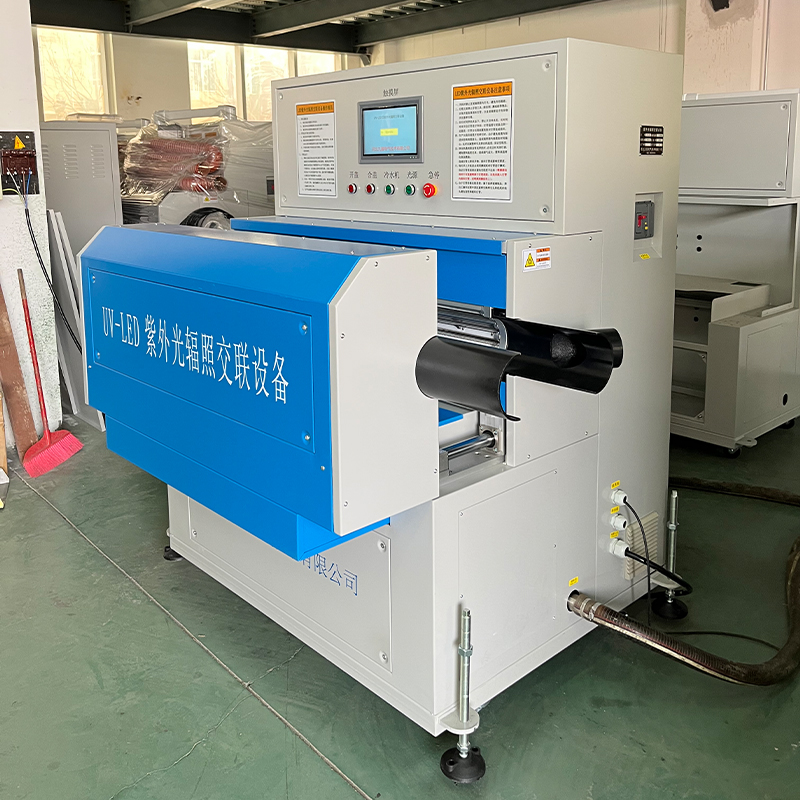conductor resistance constant temperature tester
Conductor Resistance Constant Temperature Tester Ensuring Accuracy in Electrical Measurements
In today's technologically advanced world, ensuring the optimal performance of electrical systems is paramount. One crucial aspect of electrical engineering is measuring the resistance of conductors, which play a vital role in the efficiency and reliability of electrical networks. Conductor resistance constant temperature testers provide an accurate and reliable means of evaluating the resistance of various conductors, ensuring that they operate within specified limits for safety and functionality.
Understanding Conductor Resistance
Resistance in conductors can be influenced by several factors, including temperature, material properties, and physical dimensions. According to Ohm's Law, resistance is defined as the degree to which an object impedes the flow of electric current. For conductors, this value can change as temperatures fluctuate. Therefore, measuring resistance at a constant temperature is essential for obtaining precise and consistent results.
Importance of Constant Temperature Testing
The relationship between conductor resistance and temperature can be expressed in the formula
\[ R_T = R_0(1 + \alpha(T - T_0)) \]
where \( R_T \) is the resistance at temperature \( T \), \( R_0 \) is the resistance at a reference temperature \( T_0 \), and \( \alpha \) is the temperature coefficient of resistance. This highlights the importance of conducting tests under controlled temperature conditions. Variations in temperature can lead to misleading results, potentially resulting in equipment failure or suboptimal performance.
Features of a Conductor Resistance Constant Temperature Tester
A conductor resistance constant temperature tester is designed specifically to maintain a stable temperature environment during testing. The device usually incorporates several key features to ensure accuracy and reliability
1. Temperature Control These testers come equipped with advanced temperature control systems that allow users to set and maintain the desired test temperature. This ensures that the testing conditions remain consistent throughout the measurement process.
conductor resistance constant temperature tester

2. High Precision Measurement The tester employs high-precision measurement instruments to accurately determine resistance values. This level of precision is crucial for quality assurance in manufacturing and maintenance.
3. Calibration Options Regular calibration is vital for maintaining the tester's accuracy over time. Most models offer built-in calibration options, ensuring that users can periodically check and adjust the device to meet industry standards.
4. User-friendly Interface Designed with ease of use in mind, these testers often feature a user-friendly interface, complete with digital displays and touch controls, making them accessible to both experienced technicians and newcomers.
Applications of Conductor Resistance Testing
The applications of conductor resistance constant temperature testers are vast and varied. They are commonly used in
- Electrical Manufacturing Ensuring that electrical components, such as cables and connectors, meet specific resistance criteria before they are integrated into larger systems. - Power Utilities Conducting maintenance checks on transmission and distribution lines to prevent outages caused by faulty connections.
- Research and Development Assisting in the design and testing of new conductive materials and technologies.
- Industrial Applications Verifying the integrity of electrical connections in manufacturing machinery and equipment.
Conclusion
In summary, the conductor resistance constant temperature tester is an essential tool for professionals in the electrical engineering field. By allowing for accurate and reliable resistance measurements at a controlled temperature, this device helps ensure the optimal performance and safety of electrical systems. As technology continues to advance, the importance of precise measurements in electrical applications cannot be overstated. Investing in high-quality testing equipment is not only beneficial for adhering to industry standards but also plays a critical role in maintaining the reliability of electrical infrastructure worldwide.
-
Why the Conductor Resistance Constant Temperature Measurement Machine Redefines Precision
NewsJun.20,2025
-
Reliable Testing Starts Here: Why the High Insulation Resistance Measuring Instrument Is a Must-Have
NewsJun.20,2025
-
Flexible Cable Flexing Test Equipment: The Precision Standard for Cable Durability and Performance Testing
NewsJun.20,2025
-
Digital Measurement Projector: Precision Visualization for Modern Manufacturing
NewsJun.20,2025
-
Computer Control Electronic Tensile Tester: Precision and Power for the Modern Metal Industry
NewsJun.20,2025
-
Cable Spark Tester: Your Ultimate Insulation Assurance for Wire and Cable Testing
NewsJun.20,2025
 Copyright © 2025 Hebei Fangyuan Instrument & Equipment Co.,Ltd. All Rights Reserved. Sitemap | Privacy Policy
Copyright © 2025 Hebei Fangyuan Instrument & Equipment Co.,Ltd. All Rights Reserved. Sitemap | Privacy Policy
